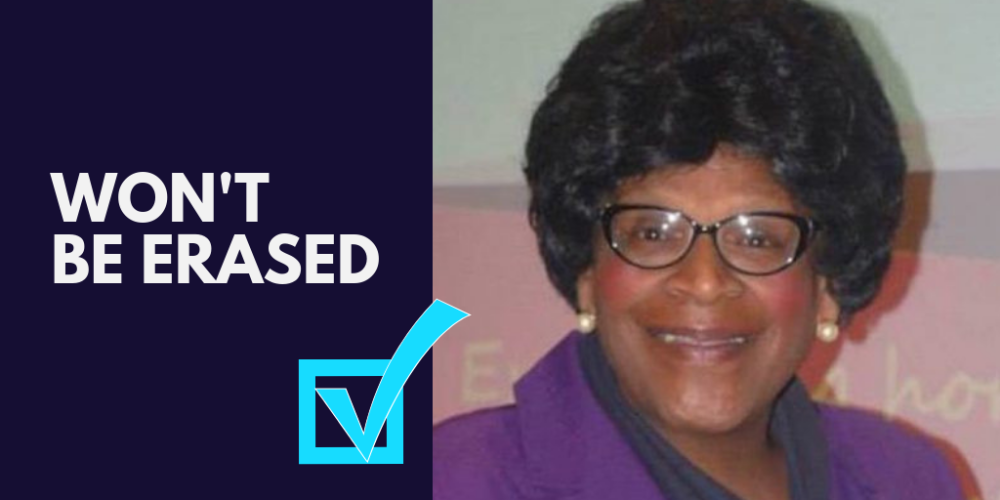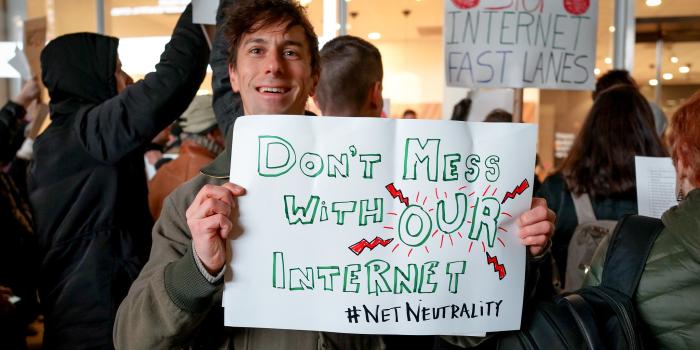Mass-Media Outlets Need to Stop Erasing Trans Victories

Last week, voters elected the most diverse group of state and federal lawmakers in U.S. history.
But within the mass media’s reporting on the so-called “rainbow wave,” the gains of Transgender people are conspicuously missing.
When it comes to corporate media, Trans erasure has become a problematic dynamic that contributes to a culture of bigotry, fear and violence against Trans people. We need more media coverage of Trans stories to combat the erasure of the community.
As we approach the Transgender Day of Remembrance on Nov. 20, it’s important to assess the media’s roles in contributing to or combating this violence — violence that disproportionately affects Transgender women and femmes of color.
There are some important Trans victories that demand coverage
Independent and Trans-led outlets have been fighting back against the mass media’s erasure by amplifying the campaigns and victories of Transgender candidates this election cycle.
In Arkansas, the Trans-led organization inTRANSitive compiled the following roundup to help disrupt the cycle of erasure and rightfully center these history-making campaigns:
1. Veteran politico Althea Garrison will be the first Trans member of the Boston City Council. Garrison (pictured) previously made history as the first Trans person to serve in a state legislature in the United States, representing Massachusetts from 1993–1995. When the life expectancy of Trans women is just 30–35 years — and even lower for Black Trans women — the 78-year-old Garrison’s life itself is an act of revolution and resistance.
2. Tracey Nadzieja became the first Trans judge elected in Arizona. According to the Southern Arizona Gender Alliance, she’s just the third Trans judge in the country.
3. Christine Hallquist made history as the nation’s first openly Transgender gubernatorial nominee. While she lost her race, Hallquist broke ground on many levels, including a strong narrative focus on racial justice in the Green Mountain State.
4. Massachusetts voters passed Question 3, a decision that upholds a two-year-old state law that protects Transgender people in public accommodations. The measure makes Massachusetts the first state in the nation to “successfully defend Transgender rights by popular vote.”
5. Gerri Cannon and Lisa Bunker of New Hampshire will join Virginia Del. Danica Roem as the nation’s only openly Trans state legislators.
6. Amelia Marquez, a Democrat running for the Montana House of Representatives in District 52, is one of the first openly Trans women of color in the country to run for a statehouse seat.
7. Democrat Lasia Casil is the first openly Trans person to run for a position in Guam’s legislature.
8. Liz Lyke and Kathy Ottersten respectively won seats on the Fairbanks North Star Borough Assembly and the Fairbanks City Council, making history as Alaska’s first openly Transgender and intersex officials.
9. Monika Nemeth is the first Trans person elected to a city position in Washington, D.C She gained a seat representing parts of Forest Hills, North Cleveland Park, Van Ness and Wakefield for the Advisory Neighborhood Commission.
Sharing the stories of Trans candidates and campaigns is a crucial step for journalists, newsrooms and communities that want to honor human rights and fight Trans erasure. But sharing alone isn’t enough.
It’s imperative to intentionally uplift Transgender narratives of progress — and equally critical to shed light on the violence and setbacks faced by the Transgender community, lest mass media fall into the trap of sensationalizing and perpetuating Transgender trauma.
The cycle of dehumanization
Throughout history, erasure of any group of people has always led to the dehumanization and murder of that group. It’s no surprise that murders and violent attacks on Transgender people have been on the rise since the start of the Trump administration.
The White House has attacked Trans people on multiple fronts — through the proposed ban on Transgender people serving in the military, the erasure of Transgender people from the 2020 Census and the administration’s recent threat to narrowly define gender as what’s assigned at birth, forcibly rendering Transgender people invisible (and thus unprotected) in the eyes of the law.
How to disrupt Trans erasure in the media
One way to ensure responsible coverage of Transgender people is to partner with transgender organizations. For example, this piece came into being through the partnership of Free Press with InTRANSitive, a Trans-led collective based in the southern United States.
The most accurate reporting happens on the scene; likewise, the most accurate coverage of a community must go to its source: the community it intends to represent. True commitment to the Transgender community in mass-media coverage ensures that our stories — all our stories — are valued and never erased.
About the authors: Diego Barrera is a Salvadorian Trans migrant, co-founder of inTRANSitive and organizer at Free Press. Brody Parrish Craig is from Louisiana and is the co-founder of inTRANSitive and curator of TWANG, a regional TGNC storytelling project. Maximiliano Calabotta is a TGNC artist, organizer and member of inTRANSitive. Mel Beltran is a Trans-Nonbinary migrant, grassroots activist, part-time artist and coder in the U.S. South.





